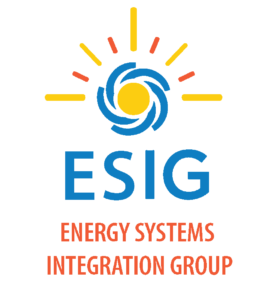The Transmission Resilience Task Force is evaluating the benefits of interregional transmission in helping utilities, ISOs, RTOs serve load during extreme grid events. It aims to (1) estimate current transfer capability between regions, (2) develop a robust methodology that incorporates potential future extreme events to quantify the benefits of increasing transmission system resilience, (3) assess the role of transmission in meeting resilience goals, and (4) identify high-priority lines to improve resilience.
In Phase I the task force will identify high-priority, prudent additions to total transfer capability between regions to support reliability, based on its assessment of the diversity of customer demand, renewable generation output, and thermal unit outages in ISOs and other balancing areas across the nation during normal and extreme grid conditions.
Phase I outputs are:
- To create a framework for planners: This methodology can be used to augment a region’s probabilistic resource adequacy framework to explicitly model neighboring regions to help investigate where a region may see the most resilience benefits for expanding interregional transmission capabilities.
- To identify priority transmission lines: Planning transmission with regard to resilience should consider geographically diverse areas with complementary resource mixes and uncorrelated outage and load risks.
- To bring clarity to data needs: We have limited availability of consistent, correlated, hourly data on load, wind, solar, and weather-dependent outages, and we are missing extreme events.
The task force will produce a final report that discusses new methodologies for resilience assessment, outlines how transmission can provide resilience, and quantifies resilience benefits using these new methodologies. In addition, the task force may address subsequent study phases to include a detailed look at a specific region, building off of a recent resource adequacy study and evaluating specific extreme events to quantify the benefits that additional transmission capacity could provide.
Recent Updates
Interregional Transmission for Resilience: Using Regional Diversity to Prioritize Additional Interregional Transmission (June 2024)
Interregional Transmission for Resilience (Webinar Recording)
Download Task Force Update (October 2023)
